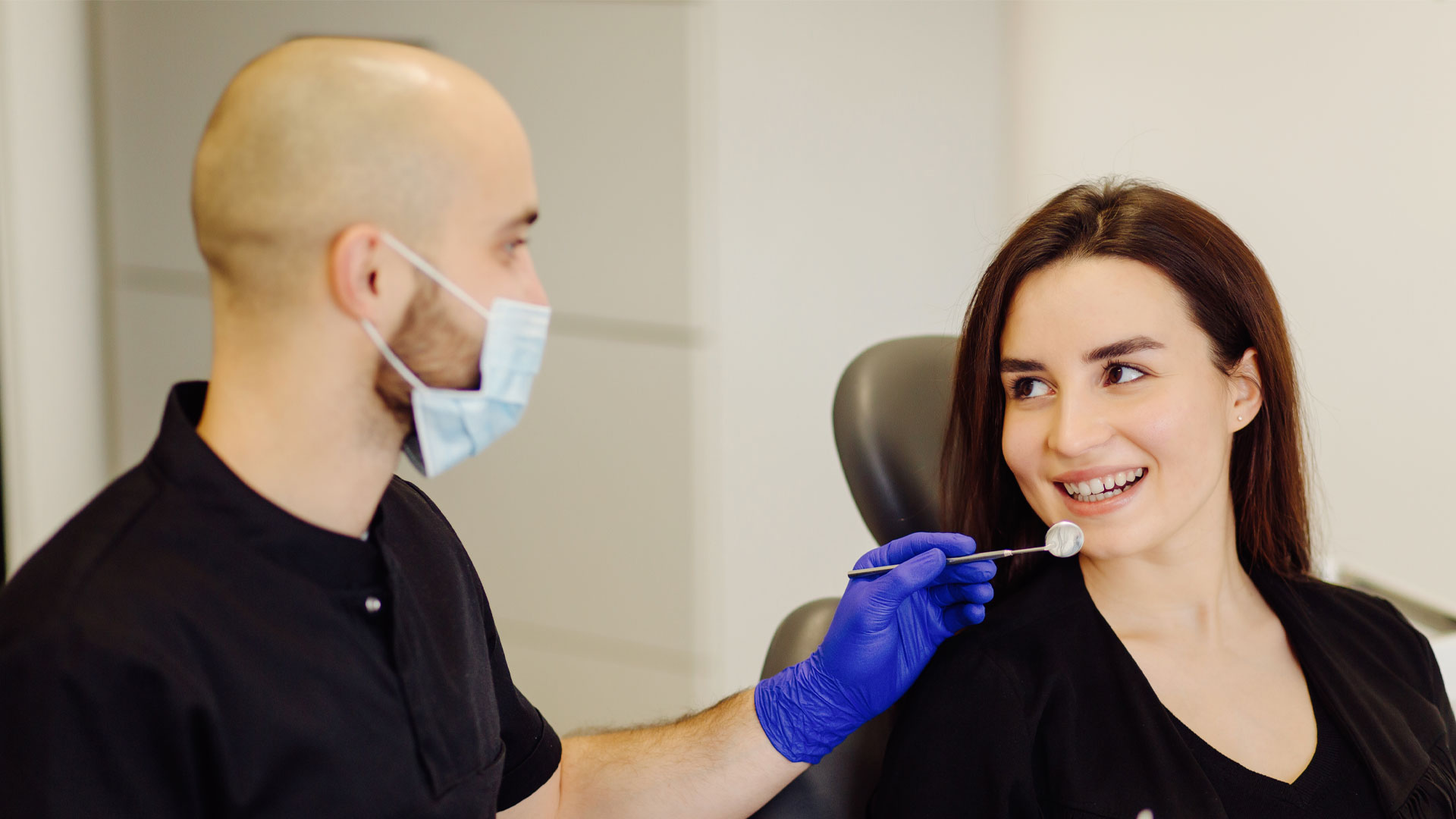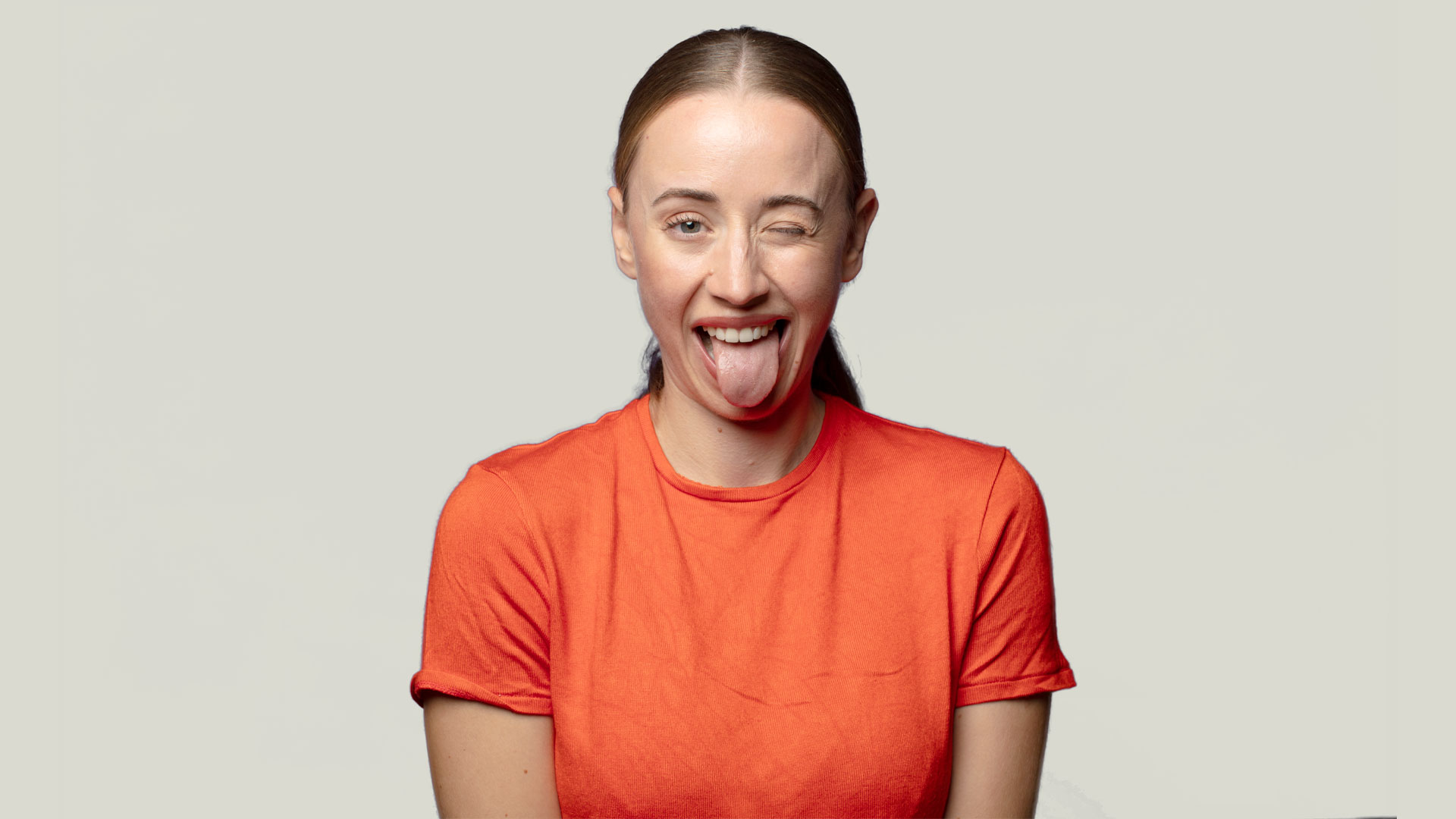Welcome to our dental health blog, where we provide expert advice on making oral hygiene fun and engaging for children.
Introduction
Helping children develop good oral hygiene habits is essential for their long-term dental health, but getting them excited about brushing and flossing can be a challenge. According to the British Society of Paediatric Dentistry, nearly 40% of children in the UK experience tooth decay by age five. The good news is that with a little creativity, you can make brushing, flossing, and visiting the dentist something your kids enjoy.
In this blog, we’ll explore fun and effective ways to teach your children good oral hygiene habits, ensuring they grow up with healthy teeth and gums.
Why Teaching Oral Hygiene Early Matters
Establishing a proper oral care routine early in life sets the foundation for a lifetime of healthy smiles. Children's teeth, both baby teeth and adult teeth, need protection from cavities, gum disease, and other dental issues. By making oral hygiene a positive experience, you help your child develop lifelong habits that will reduce their risk of tooth decay and promote better oral health as they grow.
Fun Ways to Teach Good Oral Hygiene
Here are some fun and engaging ideas to make brushing, flossing, and visiting the dentist enjoyable for your children:
1. Make Brushing a Fun Game
Turning brushing time into a game can make it an exciting part of your child's day. Here are some ideas to make brushing fun:
- Brushing Timers: Use a colourful timer or play a two-minute song to ensure your child is brushing for the recommended amount of time. You can find kid-friendly brushing songs on apps or YouTube.
- Brushing Chart: Create a brushing chart with stickers for each successful brushing session. Offer rewards or small treats when they complete a full week of twice-daily brushing.
- Compete Together: Brush your teeth alongside your child and make it a friendly competition—who can make the most bubbles with the toothpaste, or who can brush the longest?
Why It Works:
Kids love games and rewards, and by incorporating these into their brushing routine, you make oral hygiene something they look forward to rather than a chore.
2. Let Them Pick Their Toothbrush and Toothpaste
Give your child some ownership over their oral hygiene routine by allowing them to choose their own toothbrush and toothpaste. Many stores offer toothbrushes with favourite cartoon characters or bright colours, as well as kid-friendly toothpaste flavours like strawberry or bubblegum.
- Soft-Bristled Toothbrush: Choose a toothbrush with soft bristles that’s gentle on their gums. Some brushes come with built-in lights or music that make brushing more exciting.
- Fluoride Toothpaste: Make sure the toothpaste contains fluoride to help protect their teeth, but let your child pick their favourite flavour for a fun brushing experience.
Why It Works:
When children feel like they have control over their own routine, they’re more likely to take part enthusiastically. Choosing a fun toothbrush or flavour of toothpaste can add an extra layer of excitement to their routine.
3. Tell a Story or Use Their Favourite Characters
Incorporate storytelling into brushing time. You can create a story where your child’s toothbrush is a superhero fighting off “plaque monsters” or “sugar bugs” that want to harm their teeth. You could also introduce your child’s favourite characters into the story to engage their imagination.
- Story Example: “The toothpaste is like magic armour that protects your teeth, and brushing is how we scrub away the bad guys! Every time you brush, you save your teeth from getting cavities.”
- Character Toothbrushes: Using a toothbrush with their favourite character can help them feel like a superhero or prince/princess in their brushing routine.
Why It Works:
Children love stories and characters. By framing oral hygiene as an exciting adventure, you make brushing a fun and heroic task that your child looks forward to.
4. Use Brushing and Flossing Apps
Several apps are designed to make brushing and flossing more engaging for children. These apps provide interactive, step-by-step guidance while using games, songs, and animations to keep kids entertained.
- Popular Apps: Apps like Brush DJ and Disney Magic Timer by Oral-B feature music, timers, and animations to encourage proper brushing for the full two minutes.
- Interactive Rewards: Many apps offer rewards, such as unlocking new characters or earning virtual prizes when brushing is completed regularly.
Why It Works:
Kids love technology, and these apps turn brushing into a fun activity with instant rewards and feedback, motivating children to complete their oral hygiene routine.
5. Make Flossing Fun with Special Tools
Flossing can be difficult for little hands, but with the right tools, you can make it much easier and more enjoyable for kids. Colourful floss picks or animal-shaped flossers can help kids learn the importance of flossing in a fun way.
- loss Picks: Choose kid-friendly floss picks that are easy for your child to hold and come in fun shapes or colours.
- Flossing Games: Turn flossing into a game by challenging your child to “find the hidden food” between their teeth using the floss.
Why It Works:
Making flossing fun with engaging tools helps your child learn this essential skill. Bright colours and fun shapes make flossing less of a hassle and more of an enjoyable part of their routine.
6. Reward Good Oral Hygiene Habits
Positive reinforcement is a great way to encourage good behaviour. Use rewards to motivate your child to stick to their oral hygiene routine.
- Reward Charts: Create a chart where your child can earn stickers or points for each successful brushing and flossing session. Once they collect a certain number of points, they can earn a reward, such as extra screen time, a small toy, or a fun outing.
- Small Prizes: Offer small rewards for brushing twice a day or for a successful dentist visit. Prizes can be anything from a new book to a trip to the park
Why It Works:
Children respond well to rewards and praise. By recognising and celebrating their efforts, you encourage them to keep up with their good oral hygiene habits.
7. Lead by Example
Children often mimic the behaviour of their parents, so showing them that you take oral hygiene seriously is a great way to encourage them. Brush and floss alongside your child to show them the importance of maintaining a healthy smile.
- Family Routine: Make brushing and flossing a family affair by doing it together each morning and night.
- Talk About It: Explain why brushing and flossing are important, not just for keeping teeth clean but for staying healthy overall.
Why It Works:
Children look up to their parents and often copy what they see. By modelling good oral hygiene habits yourself, you set a positive example that your child is likely to follow.
Making Dental Visits a Positive Experience
Regular dental check-ups are essential for maintaining your child’s oral health, but some children may feel nervous or scared about visiting the dentist. Here are a few tips to make dental visits more enjoyable:
- Start Early: Introduce your child to the dentist by their first birthday or when their first tooth comes in. Early exposure helps them get used to the experience.
- Explain What Will Happen: Before the visit, explain to your child what the dentist will do in simple, positive terms. Emphasise that the dentist is there to help keep their teeth healthy.
- Bring Comfort Items: Let your child bring a favourite toy or stuffed animal for comfort during the appointment.
- Celebrate the Visit: After the appointment, celebrate with a fun activity or a small treat to create positive associations with the dentist.
Why It Works:
Creating a positive dental experience from a young age helps reduce anxiety and ensures your child looks forward to their regular check-ups.
Frequently Asked Questions
Q1: How can I make sure my child brushes for the full two minutes?
A: Use a timer, a favourite song, or brushing apps that track the time and make brushing fun. Many apps and toothbrushes come with built-in timers to help your child brush for the full two minutes.
Q2: At what age should my child start flossing?
A: Children should start flossing as soon as they have teeth that touch. This usually occurs around age 2-3, but parents should help them until they are able to floss on their own.
Q3: How often should my child visit the dentist?
A: Children should visit the dentist every six months for a check-up and cleaning, just like adults. Regular visits help monitor their dental development and catch any potential problems early.
Conclusion
Teaching your child good oral hygiene habits doesn’t have to be a struggle. By incorporating games, rewards, and creativity, you can make brushing and flossing fun and enjoyable for your child. Establishing a positive routine early will set your child up for a lifetime of healthy teeth and gums.
Next Steps
If you have any concerns about your child’s oral hygiene or would like more tips on making dental care fun, schedule a check-up with your dentist. They can offer personalised advice to keep your child’s smile bright and healthy.






